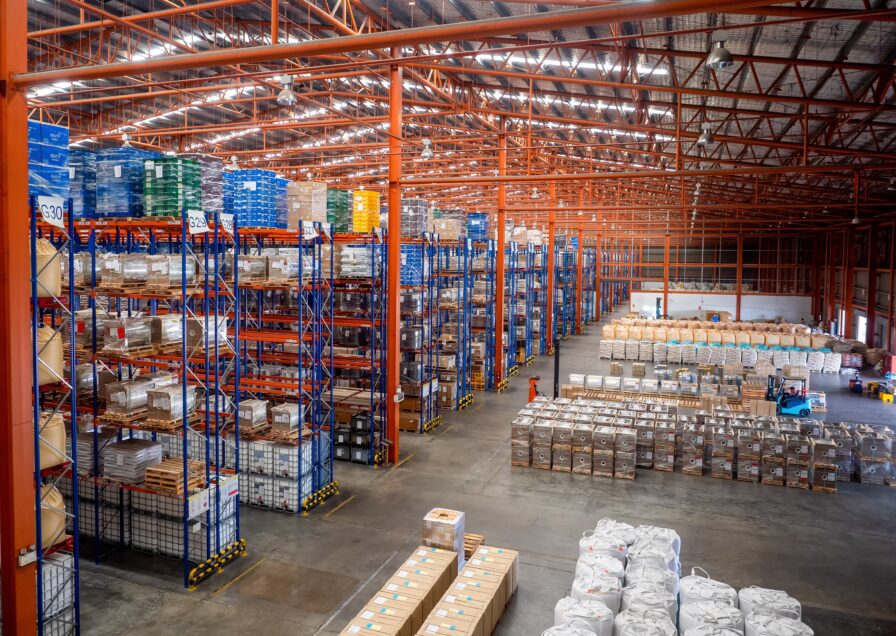How can we help you?

Logistics space take-up in Catalonia reached 160,138 m² during the second quarter of 2025, representing a 5% increase compared to the same period of the previous year and a slight improvement over the first quarter.
With this result, the accumulated figure for the first half of the year stands at 307,826 m², consolidating the positive pace of the Catalan logistics sector, according to data from the Logistics Market Report in Catalonia for Q2, presented by FORCADELL.
This trend confirms the dynamism of the market, with an increase both in surface area contracted and in the number of transactions, as 15 deals were recorded in the second quarter, compared to 10 in the previous quarter. Likewise, the average deal size in Catalonia stood at 10,676 m², reflecting an adjustment compared to the first three months of the year, when large-volume transactions skewed the average upward.
Gerard Plana, Director of the Industrial and Logistics Department at FORCADELL, commented on the figures, highlighting how they “demonstrate that the Catalan logistics market continues to show very solid performance, both in volume of take-up and number of transactions, as well as in the existence of active and sustained demand.”
By area, the 3rd logistics ring of Barcelona concentrated the largest share of take-up, with 79,080 m² (49% of the total) across 5 transactions. It was followed by the 2nd ring, with 69,301 m² (43%) in 7 transactions, and the 1st ring, which registered 11,757 m² (8%) through 3 deals.
In addition, unlike in previous quarters, take-up was led by existing warehouses, which accounted for 113,671 m² (71% of the total). New stock —whether turnkey or speculative— amounted to 46,467 m² (29%). Although market interest in next-generation warehouses remains, this quarter’s figures indicate a stronger preference for already available space, possibly due to the need for quicker occupancy.
As for rental prices, they show a more stable trend compared to previous quarters, although a slight upward tendency persists, driven by rising land and construction costs. In this context, landlords continue to offer commercial incentives such as rent-free periods or discounts to attract demand and maintain the competitiveness of their assets.
Newsletter